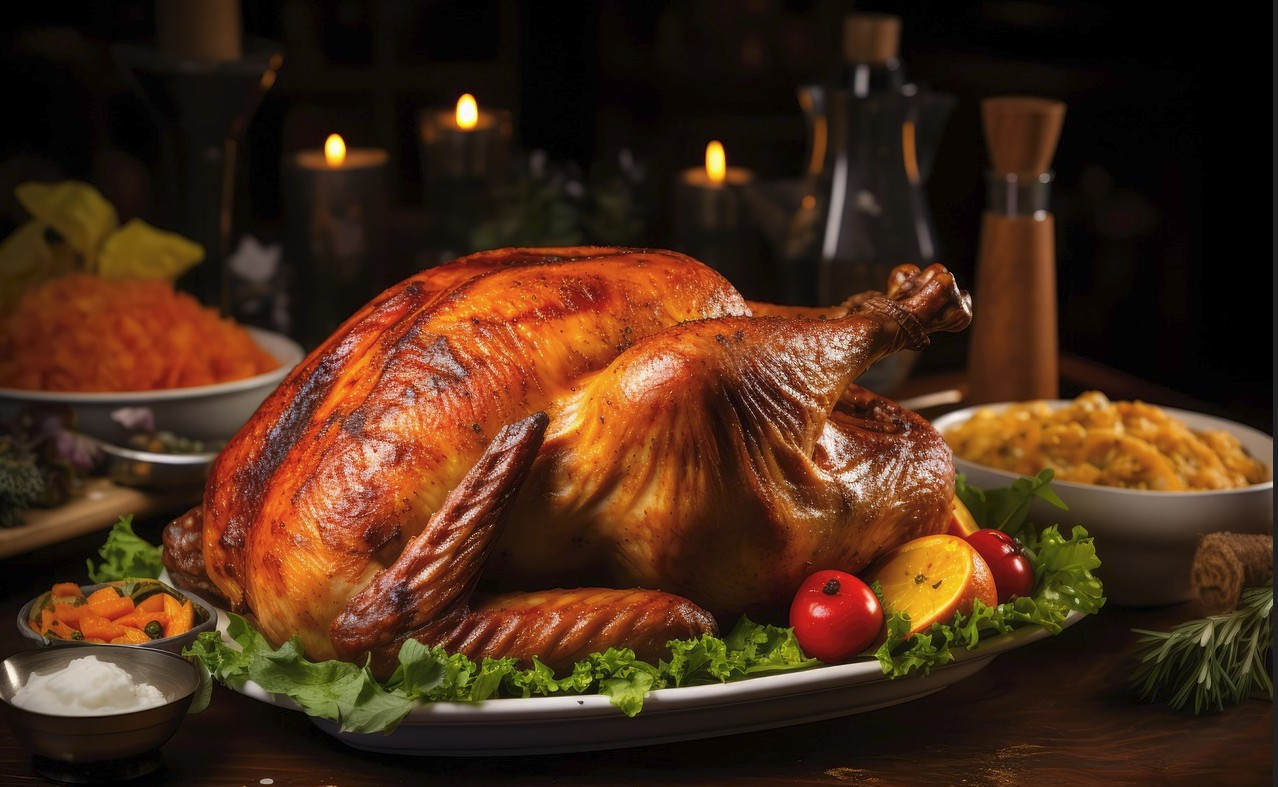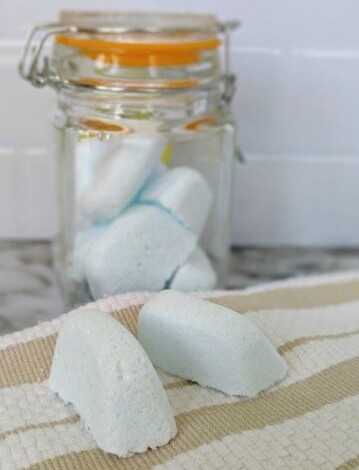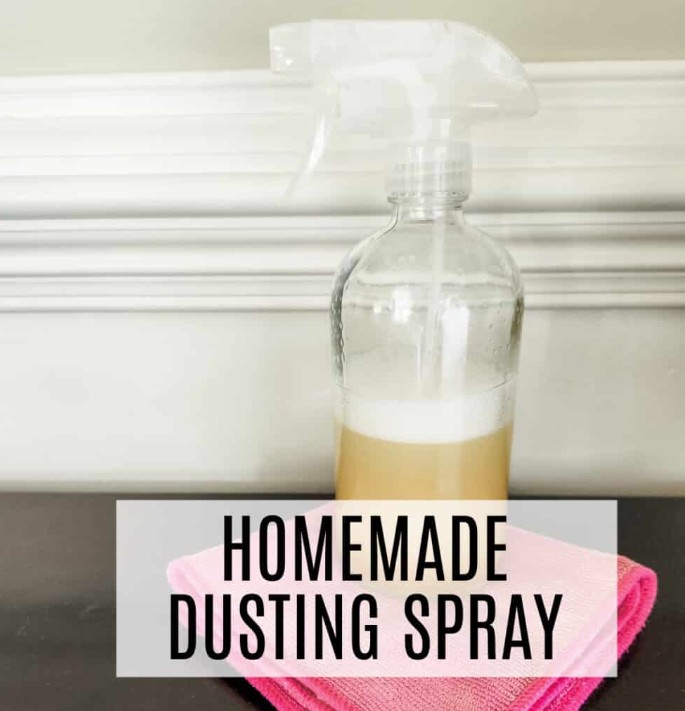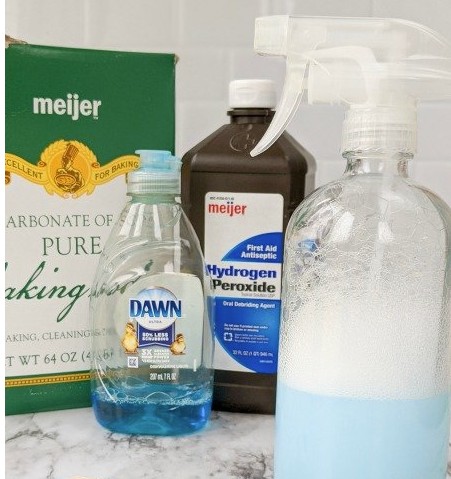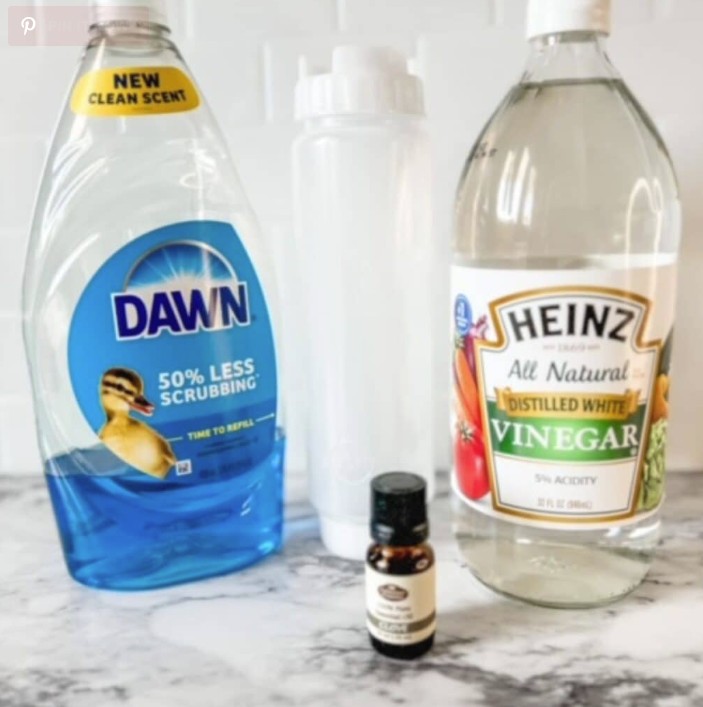Dishwasher tabs seem small, but their cost, plastic wrappers, and long ingredient lists add up. That’s why many people make their own. With a few common kitchen items, you can easily create dishwasher tabs at home. They clean just as well as store-bought ones, use fewer chemicals, and let you feel better about running your dishwasher. Most DIY dishwasher tabs use simple ingredients like baking soda, citric acid, and salt, with a bit of dish soap for extra cleaning power. Want your dishes to smell fresh? Add some essential oils. Making your own tabs saves money and puts you in control of what cleans your dishes. It’s a smart choice for your budget, your home, and the planet.
Why Make Your Own Dishwasher Tabs?
Homemade dishwasher tabs are a quiet change that delivers big results. In most homes, dishwashers run on autopilot, loaded with a store-bought tab tossed in without much thought. But when you look closer, you might spot the benefits of moving to a DIY alternative.
Cost Savings and Ingredient Transparency
Store-bought tabs are convenient, but that convenience isn’t free. At the store, a pack of name-brand dishwasher tabs can run you as much as $20 for just a month’s supply. When you make your own, the bill drops to just a few bucks—less than a dollar per batch, in my own experience.
But money isn’t the only benefit. Have you noticed how ingredient labels seem like they’re written in code? Making your own means picking only what you’re comfortable with. No need to worry about hidden dyes, fillers, or irritants that might end up on your plates.
My youngest has sensitive skin, so I look for ways to skip the harsh stuff. With homemade tabs, I use natural or food-safe ingredients I already have in my pantry. If you like the idea of cleaner cleaning (yes, it’s a thing), DIY tabs give you a way to drop the unwanted extras.
Minimizing Environmental Impact
Let’s talk trash—literally. Store-bought dishwasher tabs come in plastic bags, shrink wrap, and hard plastic containers. After one use, all that packaging heads to the landfill. By making your own, you drop your family’s plastic waste with almost zero extra effort. Just store your tabs in a glass jar or leftover food container.
Ingredient control matters for the planet, too. Commercial tabs often contain phosphates, chlorine, and other additives that can end up in lakes and rivers. Homemade recipes rely on basic powders and natural acids. Scrapping unnecessary chemicals reduces the risk of wildlife harm and keeps water a bit cleaner.
How to Make DIY Dishwasher Tabs at Home
It’s surprising how fast you can make a batch of dishwasher tabs once you have your supplies ready. No fancy gear needed—just a big bowl, a spoon, and an ice cube tray.
Essential Ingredients and Supplies
Here are the basics you’ll need:
- Baking Soda: Breaks down stuck-on food and fights odors.
- Citric Acid: Helps clean dishes and prevents limescale or mineral spots.
- Dish Soap: Boosts grease-cutting power. Choose one that won’t leave a film.
- Lemon Essential Oil: Optional, but it adds a fresh scent and has natural cleaning power.
- Ice Cube Tray or Silicone Mold: Shapes your tabs and makes popping them out easy.
- Mixing Bowl and Gloves: Mixing can make the powders a little airborne, so gloves help if you have sensitive skin.
You might have most of these ingredients on hand. Baking soda and citric acid are pantry staples, and dish soap is a kitchen must. As for lemon oil, it’s a tiny splurge that lifts the mood every time you open the dishwasher door.
Step-by-Step Recipe and Instructions
Let’s jump right into the method. Grab your supplies and clear a counter.
Ingredients
- 1 1/2 cups baking soda
- 1/2 cup citric acid
- 1 tablespoon dish soap (blue Dawn is popular, but castile soap works, too)
- 10-20 drops lemon essential oil
- Ice cube tray (or silicone mold)
Directions
- Mix Dry Ingredients: Pour baking soda and citric acid into a large bowl. Stir well to blend evenly.
- Add Essential Oil: Drop in lemon essential oil. The mix might fizz a little—this is normal and means the citric acid is doing its thing.
- Slowly Add Dish Soap: Start with half the dish soap. Stir and watch the mix lightly expand. Add more soap if needed. The goal is a damp, sand-like texture that clumps when squeezed—no puddles. Pro tip: If the mix starts to foam, just keep stirring until the bubbles die down.
- Fill the Tray: Pack the mix into your ice cube tray. Press it in firmly but leave a little space at the top. Sometimes the mix puffs up a bit more in the first few minutes.
- Let Expand and Settle: Let the tray sit for 5–10 minutes. Wipe away any foam that rises to the surface. Save the foam—it makes great “bonus” tabs.
- Dry Overnight: Place the tray in a dry spot (the sun speeds things up if it’s warm out). The next day, your tabs should be firm and dry.
- Unmold and Store: Gently twist the tray to pop out each tab. Use a light touch—the tabs can crumble if handled roughly. Put finished tabs in a sealed jar to keep out moisture.
That’s all there is to it. One batch makes enough tabs for two to three weeks of regular use.
Original Dishwasher Tab Recipe
Here’s the recipe in a quick list:
You Will Need:
- 1 1/2 cups baking soda
- 1/2 cup citric acid
- Dish soap (about 1 tablespoon)
- 10-20 drops lemon essential oil
- Ice cube tray
Steps:
- In a large bowl, mix 1 1/2 cups of baking soda with 1/2 cup of citric acid.
- Add 10-20 drops of lemon essential oil. Stir well.
- Add dish soap gradually, mixing until the powder holds together when squeezed (start with half a tablespoon, adding more if needed).
- Pack the mixture into an ice cube tray, leaving room at the top.
- Let sit for 5-10 minutes, then scrape off any foam and use it to fill another tray.
- Dry overnight or in the sun.
- Turn out tabs, then store them in an airtight container.
Troubleshooting Common Issues
Tabs crumbling? The mixture might be too dry or not packed tightly enough. Add a touch more dish soap until the mix holds its shape when pressed.
Tabs stick in the mold? A silicone tray makes unmolding easier, but if you use a plastic ice cube tray, a quick twist or tap should help loosen them.
White residue on dishes? Hard water can leave spots. Try adding more citric acid or a little more dish soap, or rinse with vinegar in the rinse aid compartment.
If you notice leftover food bits, check your dishwasher filter or add a little more dish soap next time. Homemade tabs work differently from commercial options. They clean best with a not-too-crowded load and warm water.







